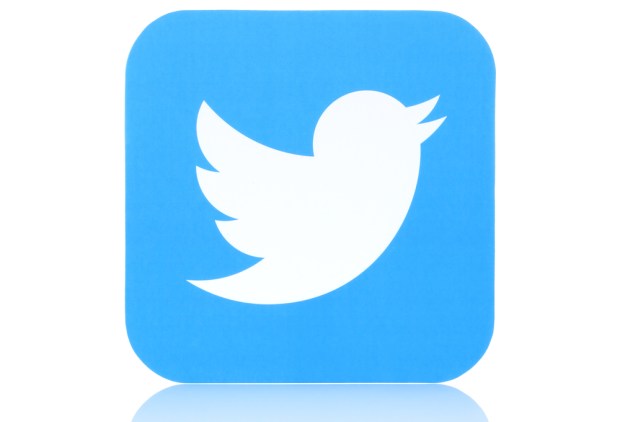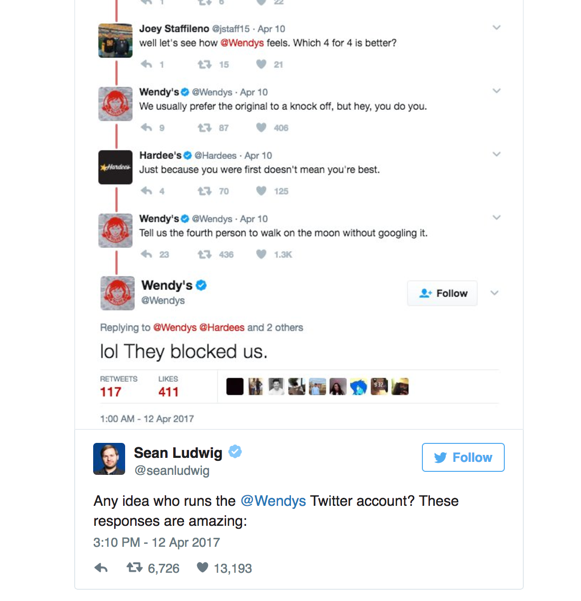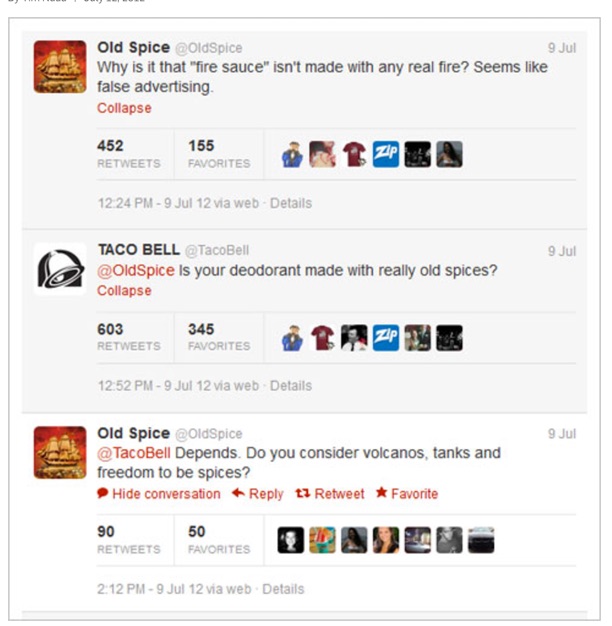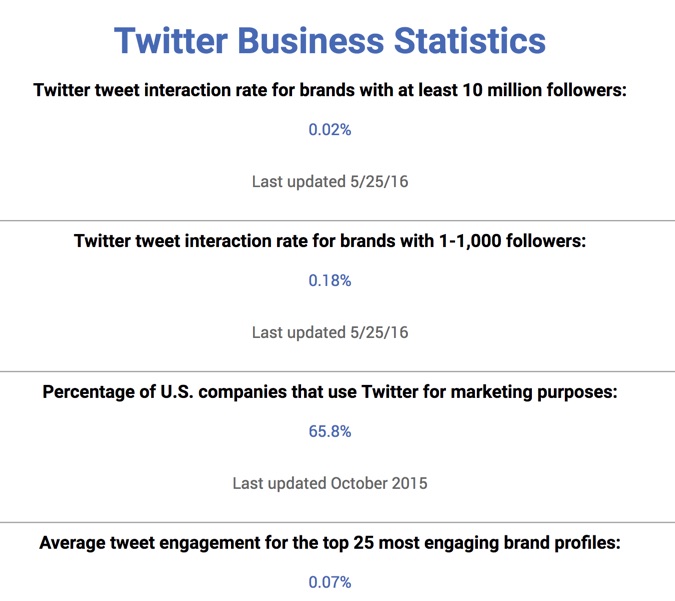You Want Snide(s) With That?

Funny quips from Wendy’s are only the latest headline-grabbing attempts by companies to humanize themselves and gain affection and, perhaps, dollars. When companies snub other companies,
Throwing shade: It’s not just for people. It’s for companies, too. For fun. And possibly profit.
News this past week that Wendy’s had engaged in some back and forth with Hardee’s, in which the former was widely perceived to roast the latter, begs the question, what is social media for, when the social is full of snark and the media belongs to an entity, a place, trying to craft and assume a persona?
To recap the riposte: Wendy’s and Hardee’s, locked in a debate over who has the better four for $4 promotion, ended with Wendy’s claiming to be the originator of the promo and then telling Hardee’s to name the fourth astronaut to walk the moon without Googling the name.
Funnier when you read it than when we tell it. Here’s a screenshot:
And Wendy’s, by the way, has picked up notice for wit alongside the burgers, said the Huffington Post, and many, many online fans, and in the past has called out McDonald’s over frozen patties versus fresh patties.
Dry and salty — this is the humor, and not the burgers we’re talking about. And it is enjoyable, an amusing back-and-forth.
(Maybe at the register they could say, “You want snides with that?”)
Here, sass helps cement character and “traits” of a brand in a world where advertising and outreach is 24/7 and no longer the purview of 30-second commercials on your TV.
Certainly, the Wendy’s/Hardee’s beef (see what we did there?) is just one example of a Twitter feud among brands. Is it any surprise that McDonald’s has had one with Burger King (thankfully bereft of slightly creepy clowns and plasticized kings) over events as one-off as Halloween costumes?
Other snarks have popped up, albeit sporadically, but they do show the value of a laugh and a memory. Old Spice got burned, literally, by Taco Bell, years ago, in a joust that still gets circulated. This is an eyebrow-raiser, because, well, the two really have nothing to do with one another.
But then again, something commercial and “commerce-all” is at work here. Old Spice got owned, as the social media parlance goes, but a duality exists in the exchange that reinforces the loyalty to both brands.
Old Spice really isn’t being questioned on the composition of its deodorant, and neither is Taco Bell really being spanked for misleading advertising. Simply put, might the two firms have known that the monetary locking of horns would 1) make current onlookers laugh but also point out their solidarity with their respective consumer choices and 2) grab headlines so that others might scurry to see what all the fuss is about — and in doing so, maybe, just maybe allocate a dollar or two in the process during the next trip to the drugstore or late-night snack pang.
This lighter side of corporate communication underscores something serious and likely beneficial to skillful firms. The use of social media in business is perceived as a necessity. Some estimates show that roughly 66 percent of all businesses use Twitter for marketing. This goes beyond the announcements and postings of press releases, where one side, the corporate side, declares what is new and then sees what the reaction is, which picks up momentum over time. Maybe.
Twitter and other forums create a two-way street, and companies get instant feedback, in real time, about what works and what doesn’t, and when and why and where. No doubt you’ve heard the famous maxim that half of advertising and marketing budget dollars are wasted — but no one knows which half.
In creating a persona — and we’ll use Wendy’s as an example — commerce becomes kinship and kinship fosters commerce. In the recent thread between Wendy’s and Hardee’s, individuals enlisted and solicited the opinion of the firms, as if the slingers of fries and shakes were people settling wagers, the way you would text a friend to chime in with the name of the guy who sang that song you loved last summer, you know, when you were both hanging out at that trendy beach bar.
It’s not too far-fetched to think the fans of the snark become fans of the brand, checking in to see what is new in put-down-land (all in good fun), which ultimately leads to loyalty, continued transactions and profit, incremental though it may be.
A joke can travel just as far and as wide as anything else, even invective, spurring attention and maybe consumer consideration. There’s an old saying, you just can’t buy this type of publicity. Nope, but if the tongue is placed firmly in cheek, you can Tweet it.



